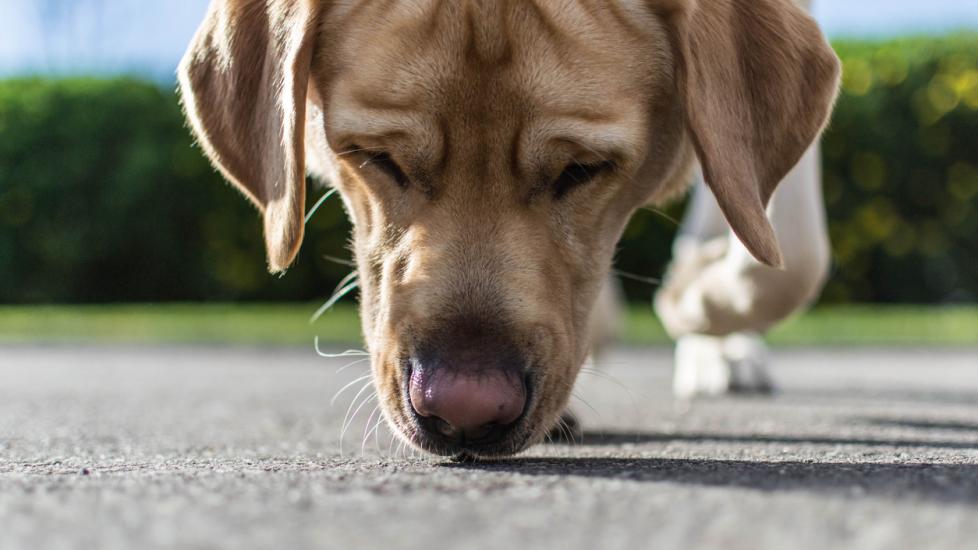Title: Understanding and Treating Dog Acne: A Guide for Pet Owners
Introduction:
As a pet owner, it’s natural to want the best for your furry friend. However, sometimes our dogs can develop unexpected health issues that require attention. One such condition is dog acne, which many owners may not be aware of or understand how to treat effectively. In this article, we delve into what dog acne is, its causes, symptoms, treatment options, and preventive measures to keep your pooch looking and feeling their best.
What is Dog Acne?
Just like humans, dogs can experience acne on their skin, especially around their muzzle, lips, chin, and even in the genital area. It occurs when hair follicles become clogged with oil and dead skin cells, leading to inflammation and pimples. While it might seem minor, untreated dog acne can lead to discomfort and potential infection if left unchecked.
Causes of Dog Acne:
– Hormonal Imbalances: Just as hormonal changes can trigger human acne, they can also affect dogs during puberty, pregnancy, or times of stress.
– Bacterial Infection: The overgrowth of certain bacteria can irritate the skin and cause breakouts.
– Allergies: Environmental allergens, food allergies, or contact dermatitis can all exacerbate acne.
– Poor Grooming Habits: Failing to clean your dog’s face regularly, particularly after eating, can leave residue that blocks pores.
Symptoms of Dog Acne:
– Redness and swelling around the affected areas.
– Pimples or blackheads visible on the skin.
– Scratching, licking, or biting at the afflicted spots, indicating discomfort.
– In severe cases, there may be sores, scabs, or infections due to constant irritation.
Treatment Options:
1. Regular Grooming: Daily cleaning of the face with a soft cloth or damp washcloth can help prevent buildup.
2. Medicated Shampoos: Using an antibacterial shampoo specifically designed for canine skin conditions can reduce inflammation and kill bacteria.
3. Topical Antibiotics: Your veterinarian may prescribe topical creams or ointments to apply directly to the affected area.
4. Oral Medications: If bacterial infection is present, antibiotics may be necessary.
5. Dietary Changes: Sometimes, switching to a hypoallergenic diet can help manage acne caused by food sensitivities.
6. Stress Management: Providing plenty of exercise and mental stimulation can help reduce stress levels, which can contribute to acne flare-ups.
7. Veterinary Care: Regular check-ups with your vet will ensure early detection and proper treatment of any underlying issues contributing to acne.
Prevention Tips:
– Keep your dog’s dietary intake balanced and nutritious.
– Monitor your dog’s grooming routine, ensuring regular brushing and bathing as needed.
– Provide plenty of fresh water to encourage hydration and promote healthy skin.
– Minimize environmental allergens by keeping your home free from dust, mold, and other irritants.
– Establish a consistent feeding schedule and avoid allowing your dog to eat off the floor, which can introduce dirt and oils to the face.
Conclusion:
By understanding dog acne and taking proactive steps to address it, you can provide your beloved companion with the care they deserve. Remember, every dog is unique, so treatment plans should be tailored based on individual needs under the guidance of a qualified veterinarian. With patience, consistency, and a commitment to your pet’s well-being, you can help them maintain clear and healthy skin throughout their life.
